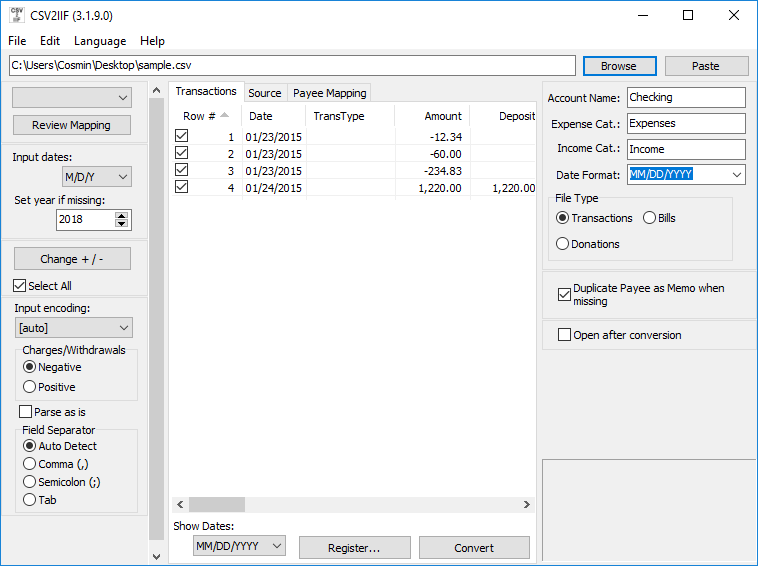
From a single outcome or trunk, branches extend that represent major categories of inputs or causes that create that single outcome. These large branches then lead to smaller and smaller branches of causes all the way down to twigs at the ends. The tree structure has an advantage over the fishbone-style diagram. With the tree structure, all items on the same causal level are aligned vertically.Īs a fishbone diagram becomes more and more complex, it becomes difficult to find and compare items that are the same distance from the effect because they are dispersed over the diagram. Solid residues from municipal solid waste incineration (MSWI) can be categorized as air pollution control residues (AR) and bottom ash (BA).Mazda Motors famously used an Ishikawa diagram in the development of the Miata sports car, where the required result was “Jinba Ittai” or “Horse and Rider as One”.

Both categories pose a particular environmental threat on account of the risk of the release of dioxins and metals. In Japan, handling of MSWI residues is of major concern and the treatment of AR prior to landfilling is stipulated. Accepted treatment techniques are melting, cementitious S/S (stabilization and solidification), stabilization with a chemical agent and acid extraction. These methods are reviewed and evaluated in this paper with respect to: quality quantity and utilization of end products treatment costs energy demand and process reliability.

Thermal processes are superior regarding dioxin removal as well as material recovery and reuse, but treatment costs can be as high as 60 000 ¥ t -1, i.e. one order of magnitude higher than for other processes. Cementitious S/S and chemical stabilization are characterized by the ease of operation, but the solid waste mass is increased by up to 40 and 10 wt.-%, respectively. 1 Department of Post Harvest Process and Food Engineering, G.Īcid extraction is a proven and reliable technique and is inexpensive: nevertheless, it has the smallest share of the market.2 Department of Food Science and Technology(,) G.Pant University of Agriculture and Technology, Pantnagar 263 125, Uttarakhand, India. 3 Food Microbiology Lab, Division of Livestock Products Technology, ICAR-Indian Veterinary Research Institute, Izatnagar, Bareilly 243 122, Uttar Pradesh, India.4 Department of Food Engineering and Technology, Saint Longwal Institute of Engineering and Technology, Longowal, Punjab, India.5 Livestock Production and Management Section(,) ICAR-Indian Veterinary Research Institute, Izatnagar, Bareilly 243 122, Uttar Pradesh, India.

Electronic address: 7 Microbial Processes and Technology Division, CSIR-National Institute of Interdisciplinary Science and Technology, Trivandrum 695 019, Kerala, India.Ħ Department of Chemical & Biological Engineering, Korea University, Seoul 136 713, Republic of Korea Centre for Energy and Environmental Sustainability, Lucknow 226 029, Uttar Pradesh, India. Electronic address: 1 Department of Post Harvest Process and Food Engineering, G. 8 Centre for Energy and Environmental Sustainability, Lucknow 226 029, Uttar Pradesh, India Centre for Innovation and Translational Research, CSIR- Indian Institute for Toxicology Research, Lucknow 226 001, Uttar Pradesh, India Sustainability Cluster, School of Engineering, University of Petroleum and Energy Studies, Dehradun 248 007, Uttarakhand, India.Pant University of Agriculture and Technology, Pantnagar, -263 145, Uttarakhand, India.


 0 kommentar(er)
0 kommentar(er)
